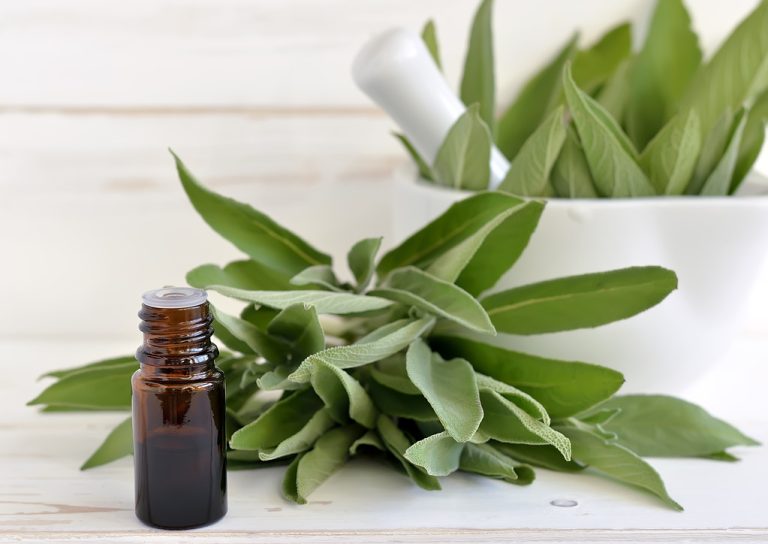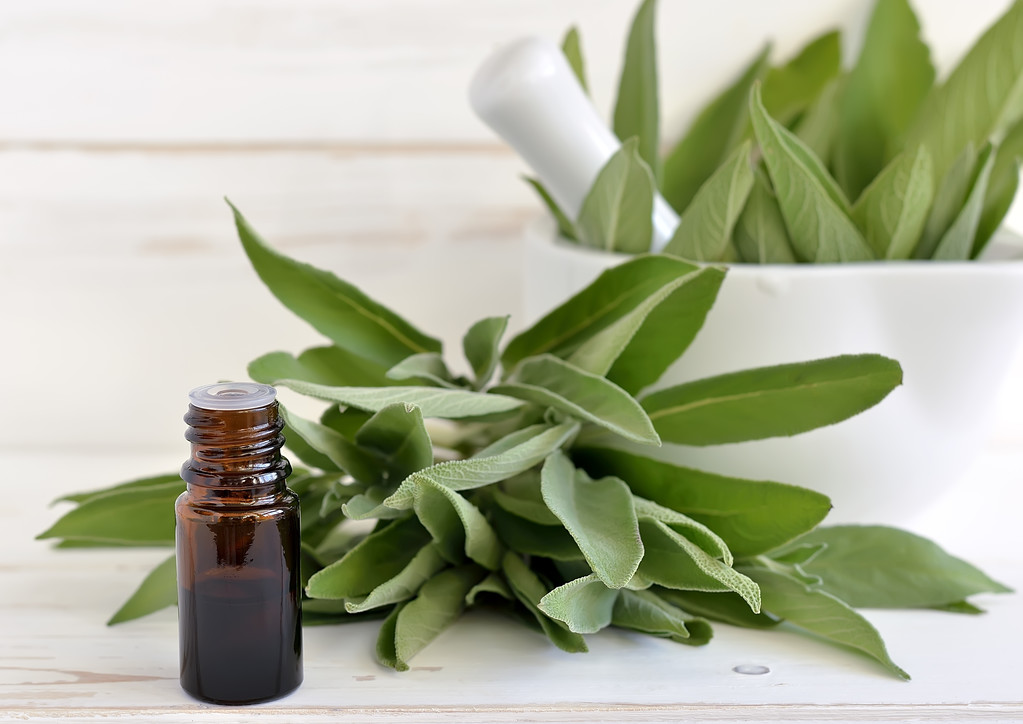Effective home remedies for dry mouth. A dry mouth can make it difficult to chew, swallow and speak. Our tips will help prevent and get rid of dry mouth.
Each person has a different saliva production in the mouth, this serves to protect the teeth and gums. It also contains enzymes that are very effective against microorganisms. Therefore, you should combat dry mouth.
How do I recognize dry mouth?
When your mouth doesn’t produce enough saliva, it can cause dry mouth (xerostomia). Consequently, a lack of saliva can lead to swallowing difficulties and inflamed mucous membranes in the mouth. Since saliva protects your teeth and the entire mouth, a dry mouth can also have negative consequences for your teeth. This can lead to increased plaque, bleeding gums, and bad breath. It is therefore important to treat persistent dry mouth and prevent infection.
Tips and home remedies for dry mouth

If dry mouth is an occasional occurrence, it’s nothing to worry about. This condition can be present, especially in the morning after getting up. Because one possible reason is that a lot of air has passed through the mouth at night. Here we show you useful home remedies for dry mouth and tips for dry mouth. Also, note our home remedies for mouth sores.
1) Avoid stress
A common and serious factor is stress. Because stressful everyday life can permanently burden the body. Of course, stress cannot be avoided completely, but you should take a short break two to three times a day. Slow down consciously and relax. To do this, breathe in and out deeply. Because conscious breathing in particular lowers the stress level. Also, read our useful tips against stress or try yoga at home.
2) Choose drinks consciously
Also, choose your drinks consciously to get rid of the dry mouth. Because some drinks can moisten your mucous membranes, such as black tea. But varieties such as marshmallow root tea and sage also have a moisturizing effect. In contrast, coffee or alcohol negatively affects your saliva production and a dry mouth is a result. Therefore, only enjoy them in moderation or do without them completely.
3) Get enzymes from food
When you eat or suck on frozen pineapple chunks, the enzymes they contain can stimulate saliva production in the mouth. In addition, the well-tried butter, cream cheese, and cream protect the mucous membranes from drying out. Fresh vegetables and fruits are also highly recommended to stimulate the salivary glands. These include apples, lemons, carrots, turnip greens, and radishes.
Often just having the strong smell of lemon is enough to stimulate salivation. Essential citrus oils, such as lemons or oranges, can also improve the living space. Since dry mucous membranes can cause problems when swallowing, this is a great home remedy for swallowing problems.
4) Stimulate saliva production
A dry mouth needs more saliva. And to stimulate saliva production in the mouth, you can chew selectively. So suck on candy or chew gum regularly. This stimulates your own glands to produce more saliva. So that your teeth do not suffer from it, it is best to use sugar-free candies and chewing gum. In the following article, you will find a video on how to make sweets yourself.
5) Avoid highly salted foods
Also, the increased use of salt in food can dehydrate the oral mucosa. Consequently, this can promote dry mouth. So make sure you use less salt. You should also avoid finished products. Instead, I prefer to cook healthy and balanced. In addition, note our contribution to home remedies for over-acidification of the body.
6) Use unsweetened herbal toothpaste
A dry mouth may be due to the wrong toothpaste. Because they often have many artificial substances that promote dry mouth. Consequently, you should only use natural pastes with sage or chamomile. Some toothpaste is also sweetened with sugar, which puts additional strain on the oral cavity. Xylitol-based toothpaste is better here. These not only fight dry mouth, but also tooth decay. Many do not know that you can even brush your teeth with pure xylitol. Another advantage is that bad breath is minimized.
7) Dry mouth and breathing exercises
Especially in the autumn and winter months, the nose is often blocked. This is very uncomfortable and annoying. As a result, most people breathe through their mouths. But you should definitely keep your nose clear so that breathing can take place through the olfactory organ. Because constant breathing only through the mouth dries out the mucous membranes quickly. Therefore, conscious inhalation and exhalation through the nose are very important. To get rid of your cold quickly, note our natural home remedies for colds.
8) Humidification in the bedroom
A dry mouth at night can be caused by sleeping with your mouth open. Breathing dry air through your mouth all night can dry it out. Accordingly, it can be helpful to humidify the air with the help of a humidifier. Consequently, dry mouth can be prevented at night. And on the Internet, you will find many different and inexpensive models. Also, read our tips on how to fight sleep problems and sleep better.

9) Oil pulling for dry mouth
Regular traditional oil pulling can counteract dry mouth. Therefore, put 1 tablespoon of oil (coconut, sesame, sunflower, or olive oil) in your mouth. Then pull it back and forth through the interdental spaces in your mouth for about 15 – 20 minutes. You can also just let it soak in between. You shouldn’t swallow it. Finally, spit the oil into a paper towel. This method is said to effectively stimulate saliva production.
10) Moistening of the oral mucosa
It can also be helpful if you moisten your oral mucosa yourself. This is especially the case if you have to treat a person in need of care. But even in older people, it makes sense to regularly moisten the mucous membranes with dry mouth and thus prevent chewing and swallowing problems. Accordingly, you can moisten the mouth with a swab and a mouthwash or chamomile tea.






















